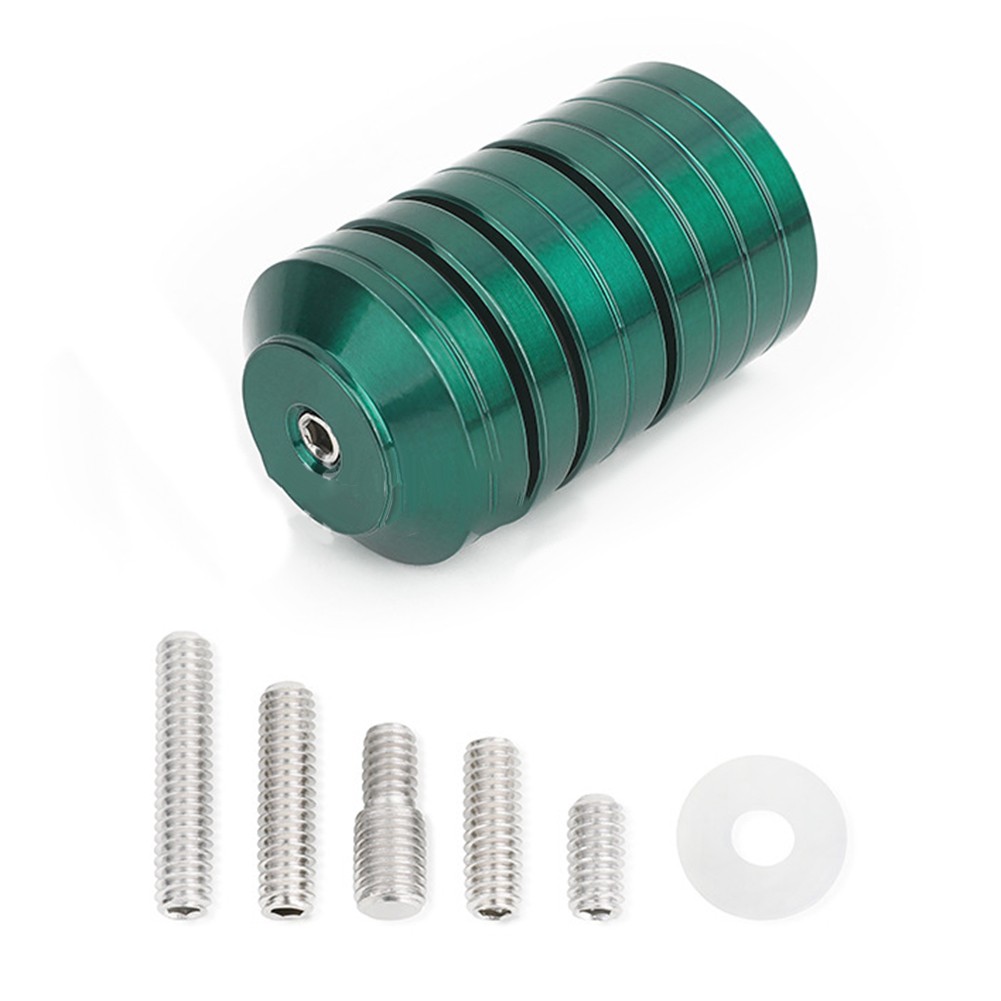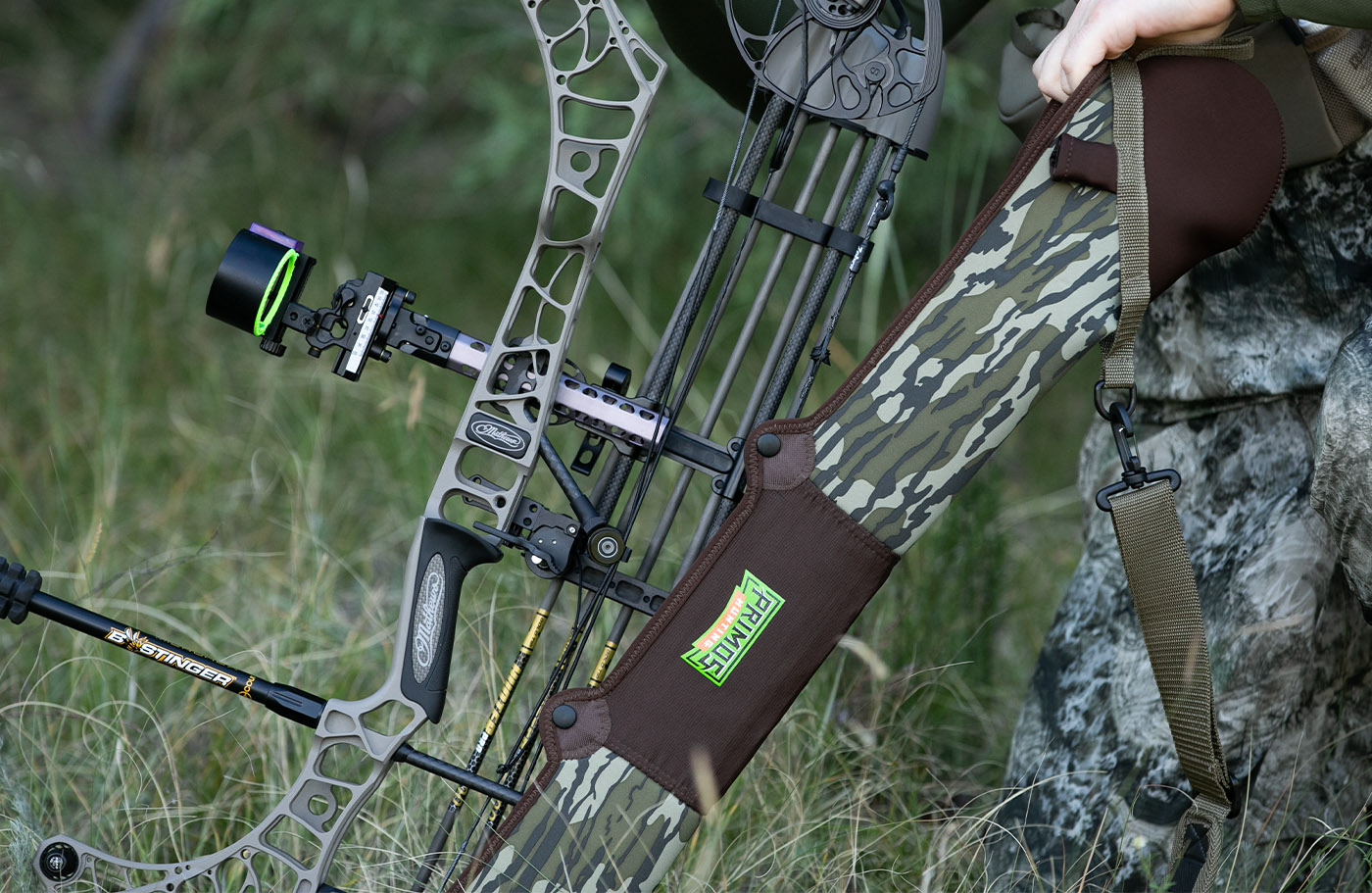Just how to Pick the Right Bow Stabilizer: Specialist Tips and Advice
Maximize Your Archery Accuracy With These Bow Stabilizer Methods
One vital aspect that can dramatically affect your efficiency is the proper application of bow stabilizers. Whether you are a seasoned archer looking to refine your skills or a newcomer excited to enhance your accuracy, understanding these bow stabilizer techniques could be the secret to hitting your mark with unrivaled uniformity.
Benefits of Making Use Of Bow Stabilizers
Making use of bow stabilizers can considerably improve an archer's precision and total performance by reducing bow torque and resonance. Bow torque, caused by the unequal circulation of weight in the bow, can result in disparities in shot positioning. By connecting a bow stabilizer, the weight is redistributed, lowering the impacts of torque and assisting the archer attain a more consistent shot. Additionally, bow stabilizers dampen vibration, which not just enhances the comfort of shooting but likewise stops the bow from leaping upon release, therefore aiding in preserving correct goal.
Additionally, bow stabilizers can aid in holding the bow constant, especially during gusty conditions or when shooting from longer ranges. The included weight at the front of the bow supplies security and balance, enabling the archer to focus on aiming without the diversion of bow activity. On the whole, the advantages of making use of bow stabilizers expand beyond simply accuracy, boosting the archer's experience and efficiency in various shooting scenarios.
Choosing the Right Bow Stabilizer
Choosing the suitable bow stabilizer is essential for enhancing your archery equipment and boosting shooting performance. Heavier stabilizers can aid minimize bow torque and soak up even more resonance, leading to a steadier aim.

Lastly, think about the layout of the stabilizer. Some stabilizers include adjustable weights or dampeners that enable you to tailor the equilibrium and feeling of your bow. Inevitably, choosing the best bow stabilizer entails locating a balance in between weight, style, size, and product to enhance your capturing precision and general performance.
Proper Installation Methods
To make certain optimum efficiency and safety in archery, grasping proper installation methods for your bow stabilizer is crucial. The very first step in setting up a bow stabilizer is to determine the appropriate placement on your bow.
Following, securely affix the stabilizer to the bow making use of the ideal installing hardware. It is vital to tighten the stabilizer comfortably to avoid any kind of tottering during shots. Some stabilizers feature adjustable weights that can be included or removed to adjust the equilibrium of your bow. Explore various weight configurations to find the optimum balance that matches your shooting style.

Readjusting Stabilizer Weight and Length
After making sure the proper setup of your bow stabilizer, the following action involves changing the weight and length to maximize its performance in boosting archery accuracy. The weight of the stabilizer plays a critical function in lessening bow activity throughout the shot cycle.
A longer stabilizer can provide higher stability by raising the distance between the bow and the weight at the end of the stabilizer. Conversely, a much shorter stabilizer offers a lot more maneuverability and may be chosen by archers that value dexterity and fast motions throughout capturing.
Advanced Stabilizer Tuning Tips
Accomplishing optimal bow security and accuracy in archery requires a nuanced approach to innovative stabilizer adjusting. Advanced stabilizer adjusting involves fine-tuning numerous parts to improve the bow's balance, reduce vibration, and improve general precision. One essential method is to explore various stabilizer setups, consisting of side-bar and back-bar arrangements, to locate the perfect balance in between stability and maneuverability for your shooting style. bow stabilizer. Additionally, readjusting the angle and positioning of the stabilizer can have a considerable effect on just how the bow reacts visit our website upon launch.
An additional crucial element of sophisticated stabilizer tuning is optimizing the damping buildings of the stabilizer system. This can be achieved by including extra moistening accessories such as rubber dampeners or harmonic stabilizers to better minimize resonance and sound. Additionally, checking out different materials for the stabilizer building, such as carbon fiber or light weight aluminum, can also affect the bow's efficiency by modifying its weight circulation and rigidity. By meticulously fine-tuning these advanced stabilizer aspects, archers can optimize their accuracy and consistency on the array or in competition.
Final Thought
In conclusion, making the most YOURURL.com of archery accuracy can be attained via the appropriate selection, installment, and modification of bow stabilizers. Generally, incorporating bow stabilizers into archery method can lead to enhanced efficiency and boosted precision.
Utilizing bow stabilizers can substantially enhance an archer's precision and general efficiency by lessening bow torque and resonance. Longer stabilizers give better stability and equilibrium, especially for long-distance capturing, while much shorter stabilizers provide more versatility and are easier to navigate in tight spaces (bow stabilizer). Carbon fiber stabilizers are lightweight and resilient, while light weight aluminum stabilizers are durable and supply excellent resonance wetting
A longer stabilizer can give higher stability by boosting the range between the bow and the weight at the end of the stabilizer.One more crucial facet of sophisticated stabilizer adjusting is optimizing the damping residential properties of the stabilizer system.